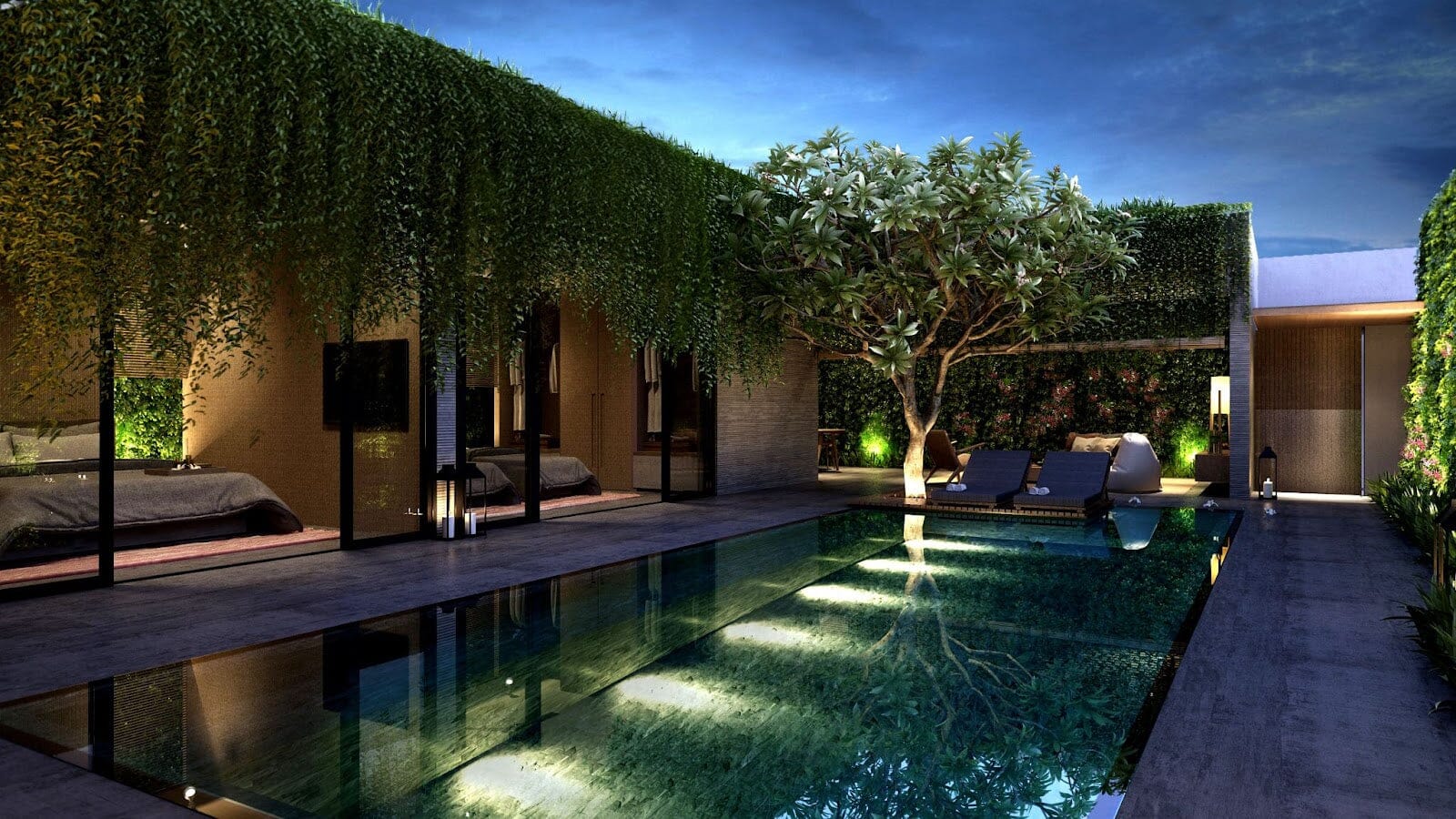
Eco-Friendly Motion-Activated LEDs
Did you know lighting accounts for about 15% of the household's electricity consumption? That means that every time you turn on a light, you are not only using energy but also spending money and contributing to greenhouse gas emissions. But what if there was a way to reduce lighting costs, save energy, and protect the environment?
That's where motion-activated LED lights come in. Motion-activated LED lights are a type of lighting that automatically turns on when it detects motion and turns off when there is no movement. They use LED bulbs, which are more energy-efficient, durable, and long-lasting than traditional incandescent or fluorescent bulbs. They also use motion sensors, which detect movement and trigger the light.
Motion-activated LED lights are an innovative and eco-friendly solution for your lighting needs. They can help you save energy, enhance security, and improve convenience. One of the types of motion-activated LED lights that you can use is a motion-activated LED night light, which can provide a soft and warm light for your bedtime or nighttime activities. This blog post will show you how to choose the best motion-activated LED lights, what to expect from the installation process, and how to maintain your new lights.
Types and Features of Motion-Activated LED Lights

Different types of motion sensors are used in LED lights, such as:
- Infrared sensors: These sensors detect the heat emitted by humans or animals and turn on the light when they sense a temperature change. They are ideal for indoor use, as they can be affected by sunlight, wind, or rain.
- Radio wave sensors: These sensors emit radio waves and measure the reflection of the waves from moving objects. They can detect motion through walls, doors, or windows and turn on the light accordingly. They are suitable for outdoor use, as weather conditions do not affect them.
- Optical sensors: These sensors use a camera or a laser to capture images or beams of light and analyze them for any changes or movements. They can provide more accurate and detailed detection and turn on the light accordingly. They are more advanced and expensive than the other types of sensors.
Different features are available in motion-activated LED lights, such as:
- Brightness: The brightness of the light is measured in lumens, which indicate how much light the bulb produces. The higher the lumens, the brighter the light. You can choose the brightness level that suits your needs and preferences, depending on the size and purpose of the space.
- Color: The color of the light is measured in kelvins, which indicate the color temperature of the morning. The lower the kelvins, the warmer and yellowish the light. The higher the kelvins, the cooler and bluish the light. Depending on the time and occasion, you can choose the color temperature that suits your mood and ambiance.
- Mode: The mode of the light is how it behaves when it detects motion. You can choose modes like on/off, dimming, or flashing. Depending on your needs and preferences, you can adjust the motion detection's sensitivity, duration, and distance.
- Timer: The light's timer is the feature that allows you to set a schedule for the light to turn on and off automatically. You can choose the time and frequency of the light operation, depending on your convenience and security.
- Smart connectivity: The intelligent connectivity of the light is the feature that allows you to control the light remotely using your smartphone, tablet, or voice assistant. You can also connect the light to other smart devices, such as cameras, alarms, or thermostats, and create a smart home system.
Best Places to Use Motion-Activated LED Lights

Motion-activated LED lights can be used in various places, both indoors and outdoors. Some of the factors that can affect the placement and installation of the lights are:
- The size, shape, and design of the space: The size, shape, and design of the space can determine the number, type, and location of the lights. For example, an ample and open space may require more and brighter lights, while a small and enclosed space may require fewer and dimmer lights. A space with a high ceiling may require a ceiling-mounted light, while a space with a low ceiling may require a wall-mounted light.
- The weather conditions: The weather conditions can affect the performance and durability of the lights. For example, a wet and humid environment may require a waterproof and rustproof light, while a hot and sunny climate may require a heat-resistant and UV-resistant light.
- The availability of power sources: The availability of power sources can affect the choice and installation of the lights. For example, a space connected to the grid or has access to electricity may require a hardwired or battery-powered light. In contrast, an area not connected to the grid or with limited access to electricity may require a solar-powered light.
Conclusion
Motion-activated LED lights are an innovative and eco-friendly solution for your lighting needs. They can help you save energy, enhance security, and improve convenience. They come in different types and features and can be used elsewhere. They are also easy to install and maintain.
If you want to buy outdoor solar lights that are motion-activated, LED-powered, and eco-friendly, you should consider the True Lumens™ products. They offer a range of high-quality, durable, and affordable products. You can order them online or contact them for more details. Don't wait any longer. Try motion-activated LED lights today and see the difference for yourself. You will be amazed by how much better you feel.
